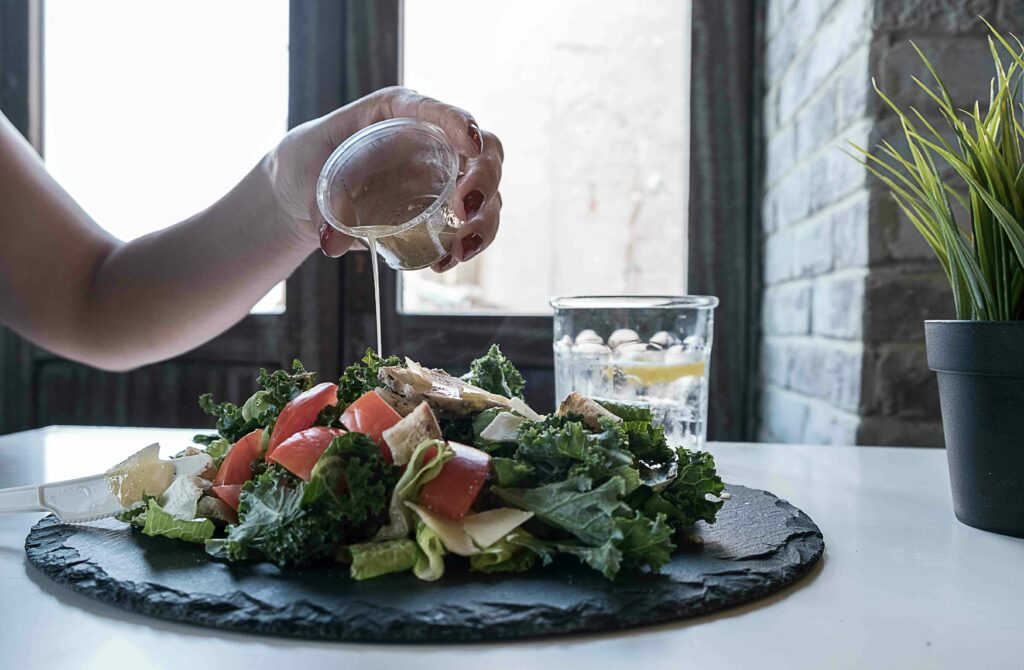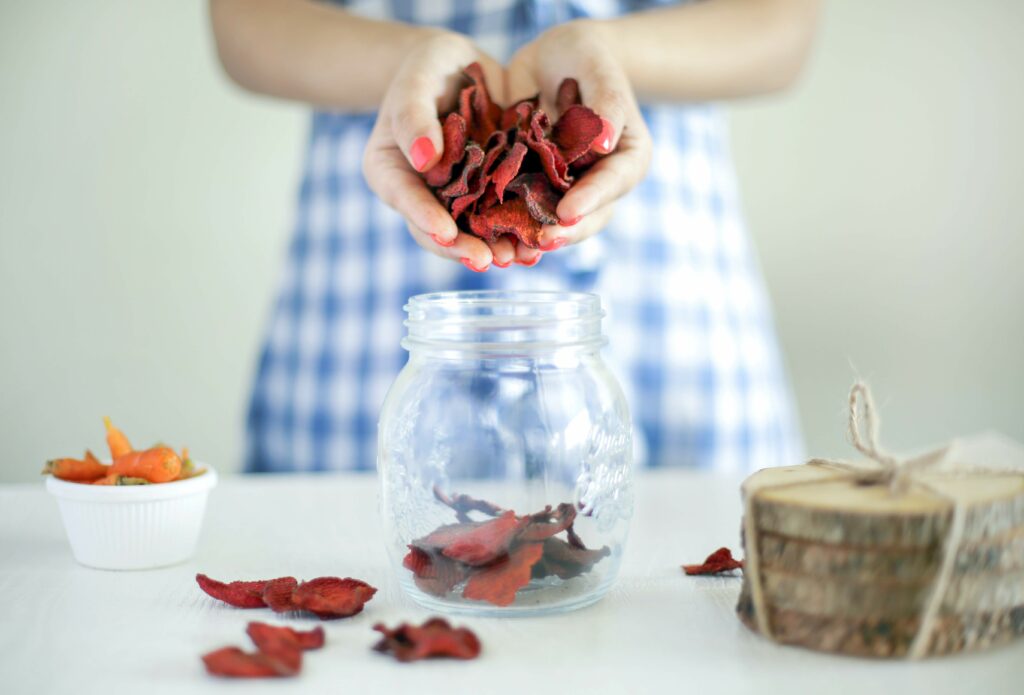
31 May Stained Teeth: The Unlikely Culprits
Everyone knows—coffee is terrible for your teeth. While it tastes delicious and provides the energy boost you need to get through the day, it also leaves behind an unfortunate yellowish-brown residue that most people would rather do without. Red wine, too, gets a bad rap when it comes to the worst foods for keeping teeth healthy and brilliant. The dark color clearly signals bad news for pearly whites.
But what if common drinks like coffee and red wine weren’t the worst thing you could have in your kitchen when trying to keep your smile bright?
Many of the products you probably have in your fridge or pantry right now could be discoloring your teeth. There are three main reasons why this may be occurring: chromogens, tannins, and acids. We’ll explore the science behind each a bit, and then identify three common “healthy” foods causing your teeth to lose their luster.
Chromogens
The Santa Cruz Family Dentists found that chromogens are one main driver of tooth stain. Chromogens are compounds that stick to enamel, and unfortunately, they also contain particularly strong pigments. Chromogens are the reason that red wine, for example, is so effective at reversing that at-home whitening kit you tried. They are known to cause a lot of trouble when they mix and react with other stain-causing and stain-promoting factors.
Tannins
Tannins are, according to Healthline, a type of polyphenol. (For the non-food-scientists: polyphenols are just a certain type of compound.) This ingredient is found in many things: coffee, red wine, and much more. Tannins enhance the ability of chromogens to stain your teeth by allowing the chromogens to cling even more tightly to the enamel. Essentially, they partner with chromogens to make the chromogens more effective. All of this produces the dull brown hue that most of us wish to avoid.
Acid
The final instigator is perhaps the most familiar: acid. While tannins and chromogens cling to the enamel and leave a brown film, acids go about their tooth-staining work by eating away at the enamel itself. What results is a rough, brittle patch that has no power to withstand the strong substances that come its way. Acids create fertile ground for chromogens and tannins to do their work.
Together, these three create a powerful trio that can damage even the brightest of smiles. Now you know some of the ingredients causing your pearly whites to be not so pearly, but you might be surprised at where they’re hiding.

Culprit #1: Salad Dressing
Yes, salad dressing. It’s understandable: no one wants to eat plain lettuce!
Dressings add flavor and life to any salad, but unfortunately, they can also stain your teeth. In particular, balsamic vinegar packs a punch because of its high acidity paired with strong pigmentation.
According to Rene Y. Dell’Acqua, DDS, “The high acid content in foods like vinegar can cause the enamel to break down, allowing a stain to set in.” Dell’Acqua concluded that, “Basically anything you put into your mouth that can stain a linen napkin has the ability to cause stains on your teeth.”
You may have been consuming balsamic vinegar for years without realizing the detriment it can have to your smile. Remember, if it can stain a linen napkin, it can also stain your teeth.

Culprit #2: Sports Drinks
An article reviewing the foods worst for your teeth and gums notes, “Even though sports drinks sound healthy, they are packed with sugar and acids and the potential for cavities and erosion is very significant.”
The study from the National Library of Medicine pitted energy drinks against things like soda and sports drinks, some of the most acidic drinks available, and yet sports drinks still were found to cause the most damage. In the study, Enamel and root surfaces of healthy permanent molars and premolars were exposed to individual beverages (4 enamel and 4 root surfaces per beverage) for 25 hours and erosion was measured. Both root lesion depths and enamel lesion depths were greatest for Gatorade, even over drinks such as Coke and Red Bull.

Culprit #3: Dried Fruit
While it’s one thing to wrap your mind around the just how powerful the discoloring effects can be of neon sports drinks or dark salad dressings, it’s another to realize that dried fruit might also be preventing you from having the picture-perfect smile you want. Dried fruit may be your go-to snack, an easy thing to throw in a bag on your way to work or a child’s soccer game. But the truth is, dried fruit is a triple threat to your pearly-white smile.
To understand this, we have to look at how dried fruit is made. Vitarelli Dental noted, “The main purpose of drying the fruits is to drain the water from them so that sugar is concentrated. In the process of drying, the fruits attain 7 times more sugar than their fresh form.” Once dried, packaged, and sold in your local grocery store, the fruits contain hardly any Vitamin C at all. To counteract this, lemon or lime juice will sometimes be added, but this lowers the pH level, raising the acidity of the dried fruit. This is an invitation for staining to occur. Dried fruit has a greater amount of sugar and acid content than fresh fruit, both of which are dangerous for the teeth.
Unfortunately, often paired with the sugar and acid is high pigmentation due to artificial coloring. The drying process strips the fruit of their natural colors. In an effort to avoid this unappealing look, companies use artificial colorings, which are prone to discoloring your teeth. If you want to protect your bright smile, reducing your dried fruit intake could be a good first step.
You may be thinking: Am I doomed to yellow teeth? The good news is, you can still have a bright smile, even without erasing these teeth-staining culprits from your diet completely. The best prevention to discoloration is good oral hygiene: brushing and flossing consistently and scheduling regular visits to your dentist.
If you would like to whiten your smile quickly with little-to-no side effects, call our office today! We would love to discuss your options and set up an appointment for a professional whitening.
At the end of the day, it’s not just coffee and red wine that pose a threat. Even foods as seemingly innocent as dried fruit could be discoloring your teeth. But with strong dental health habits and professional whitening if desired, your smile can still be picture-perfect.
For more tips on a picture-perfect smile, check out our blog post here.

Sorry, the comment form is closed at this time.